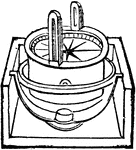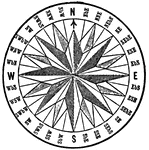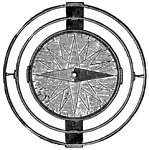Clipart tagged: ‘navigation’
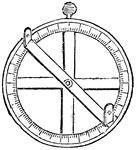
Astrolabe
"Originally used for any instrument used for observing stars; afterwards used for an instrument for…

Chinese Junk
A Junk is a native Chinese vessel. It is a clumsy craft, with very high forecastle and poop, and pole…
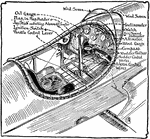
Aeroplane Cockpit
A pilot's cockpit from a propeller aeroplane, or airplane. The diagram illustrates the different parts…

Compass
"Compass, Mariner's, is the name given to the instrument by which sailors are enabled to steer their…

Box compass
"It has four cardinal points, N, E, S, and W marked, as well as a circle graduated in degrees from sero…

Aeroplane Flying Over Plane
An illustration of the plane flying over land from point A to B by flying the plane with the direction…

Gimbals
A gimbals is a contrivance designed to keep a marine compass, chronometer, lamp, or other instrument…
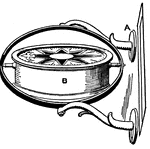
Gimbals (Diagram)
A gimbals is a contrivance designed to keep a marine compass, chronometer, lamp, or other instrument…
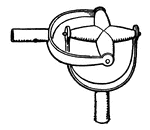
Gimbals (Joint)
A gimbals is a contrivance designed to keep a marine compass, chronometer, lamp, or other instrument…

Globe
An illustration with multiple instruments used for navigation. These items include a globe, compass,…
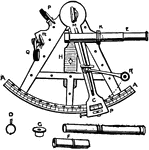
Sextant
"The sextant, an instrument of reflection used by navigators for measuring the altitudes of heavenly…

Sextant
"Sextant. An important instrument of navigation and surveying, for measuring the angular distance of…
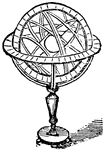
Armillary sphere
"A number of rings arranged round a centre, so as to represent a sphere; used to illustrate the relative…

Navigation Symbol
The navigation symbol is found in front of the Tuileries a royal palace in Paris, France.
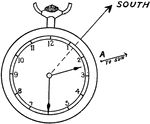
True meridian
"The position of the true meridian may be found as follows: Point the hour hand of a watch towards the…
